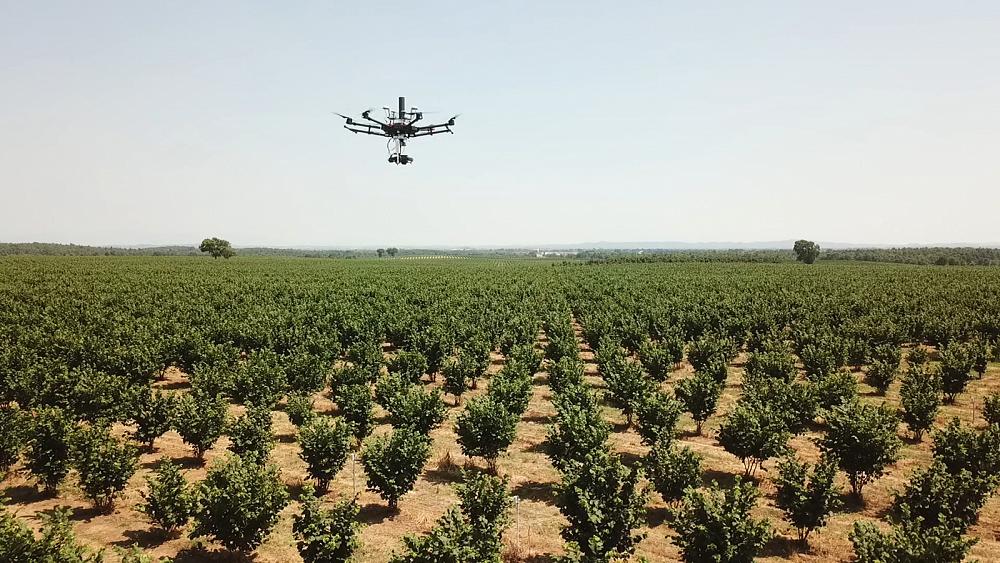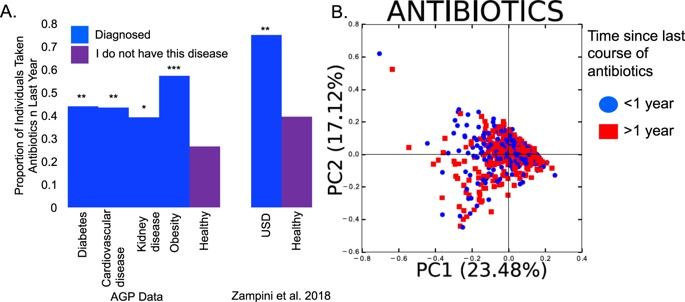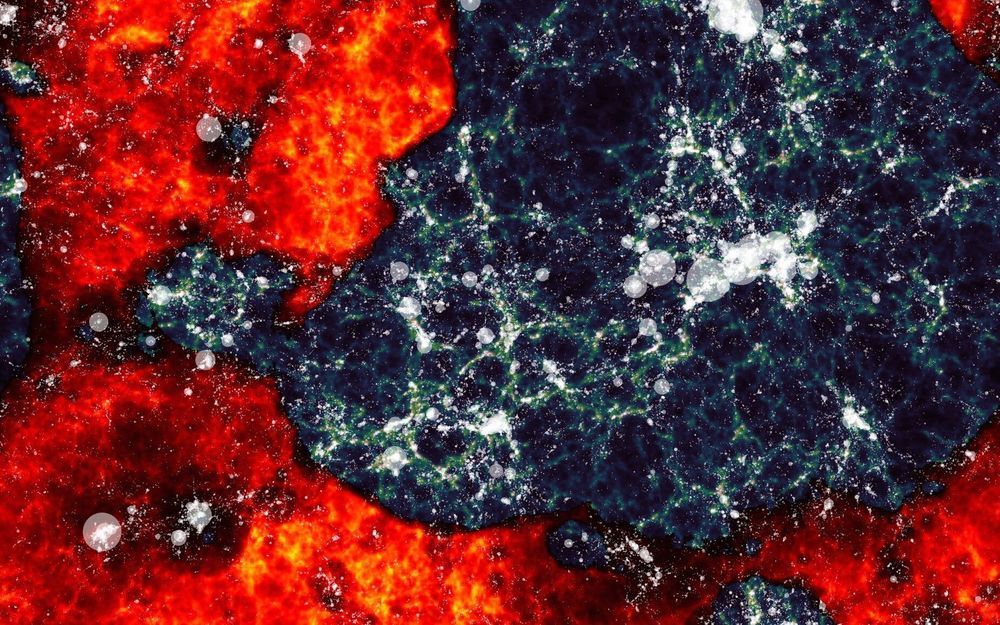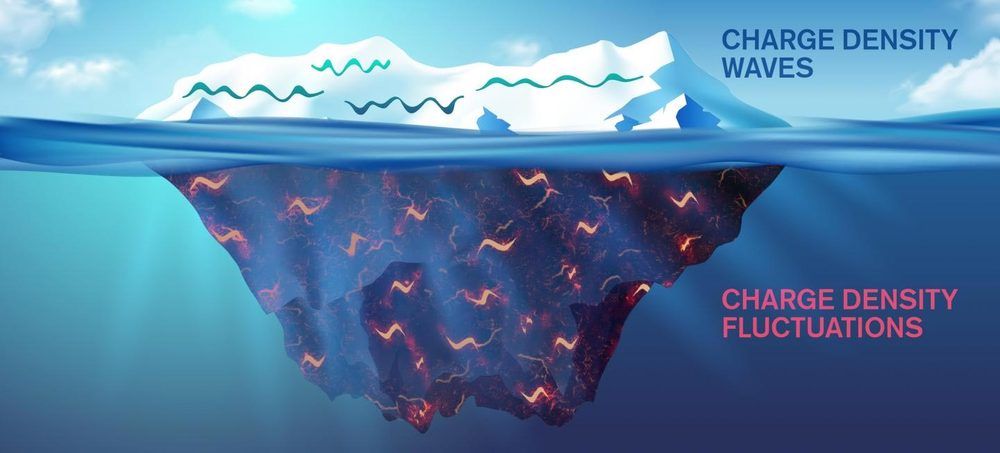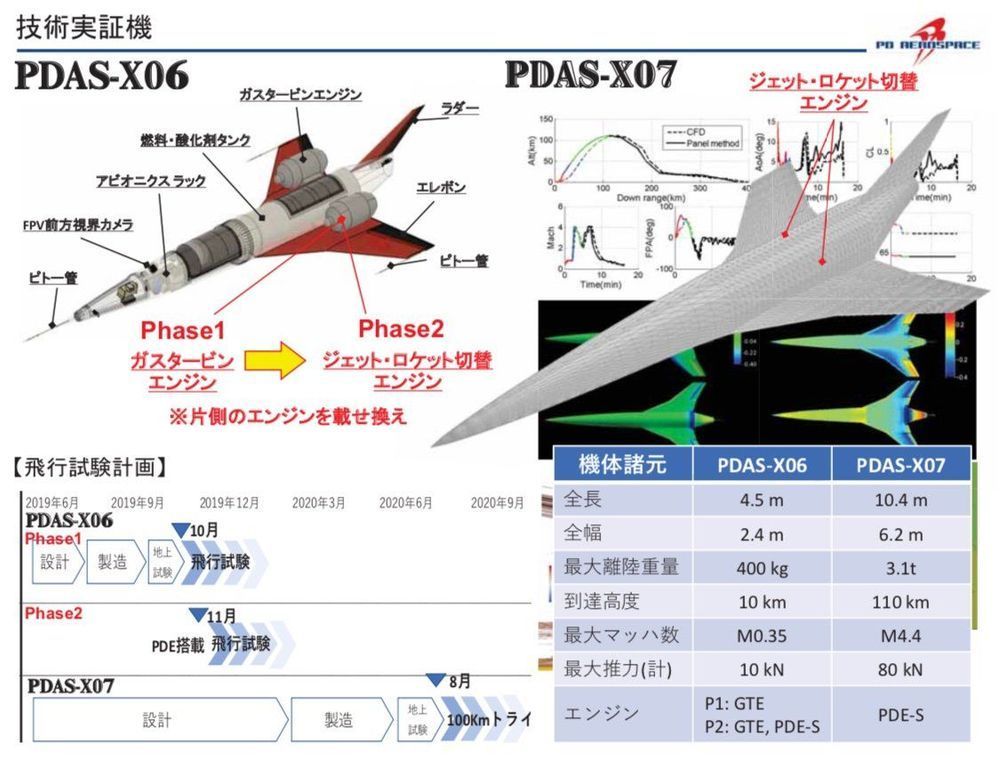This is the first Russian x-risks newsletter, which will present news about Russia and global catastrophic risks from the last 3 months.
Given the combination of high technological capabilities, poor management, high risk tolerance and attempts to catch up with West and China in the military sphere, Russia is prone to technological catastrophes. It has a 10 times higher level of aviation catastrophes and car accidents than developed countries.
Thus it seems possible that a future global catastrophe may be somehow connected with Russia. However, most of the work in global catastrophic and existential risk (x-risks) prevention and policy efforts are happening in the West, especially in US, UK and Sweden. Even the best policies adopted by the governments of these countries may not help if a catastrophe occurs in another country or countries.

